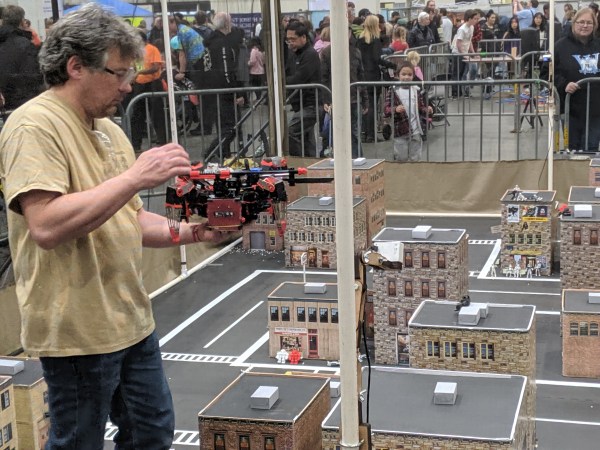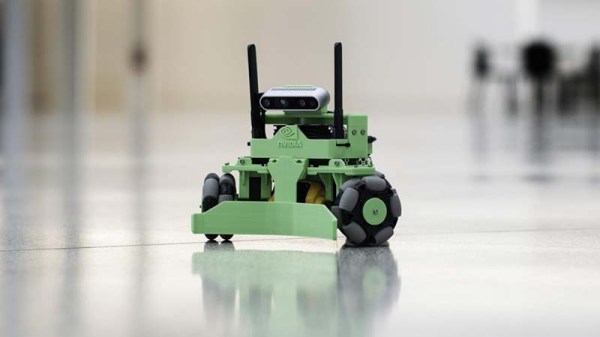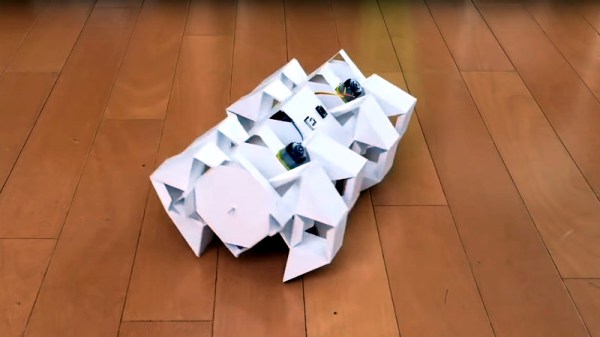Soft robotics is an exciting field. Mastering the pneumatic control of pliable materials has enormous potential, from the handling of delicate objects to creating movement with no moving parts. However, pneumatics has long been overlooked by the hacker community as a mode of actuation. There are thousands of tutorials, tools and products that help us work with motor control and gears, but precious few for those of us who want to experiment with movement using air pressure, valves and pistons.
Physicist and engineer [tinkrmind] wants to change that. He has been developing an open source soft robotics tool called Programmable Air for the past year with the aim of creating an accessible way for the hacker community to work with pneumatic robotics. We first came across [tinkrmind]’s soft robotics modules at World Maker Faire in New York City in 2018 but fifty beta testers and a wide range of interesting projects later — from a beating silicone heart to an inflatable bra — they are now being made available on Crowd Supply.
We had the chance to play with some of the Programmable Air modules after this year’s Makerfaire Bay Area at Bring A Hack. We can’t wait to see what squishy, organic creations they will be used for now that they’re out in the wild.
If you need more soft robotics inspiration, take a look at this robotic skin that turns teddy bears into robots from Yale or these soft rotating actuators from Harvard.
See a video of the Programmable Air modules in action below the cut. Continue reading “Bringing Pneumatics To The Masses With Open Source Soft Robotics”



















